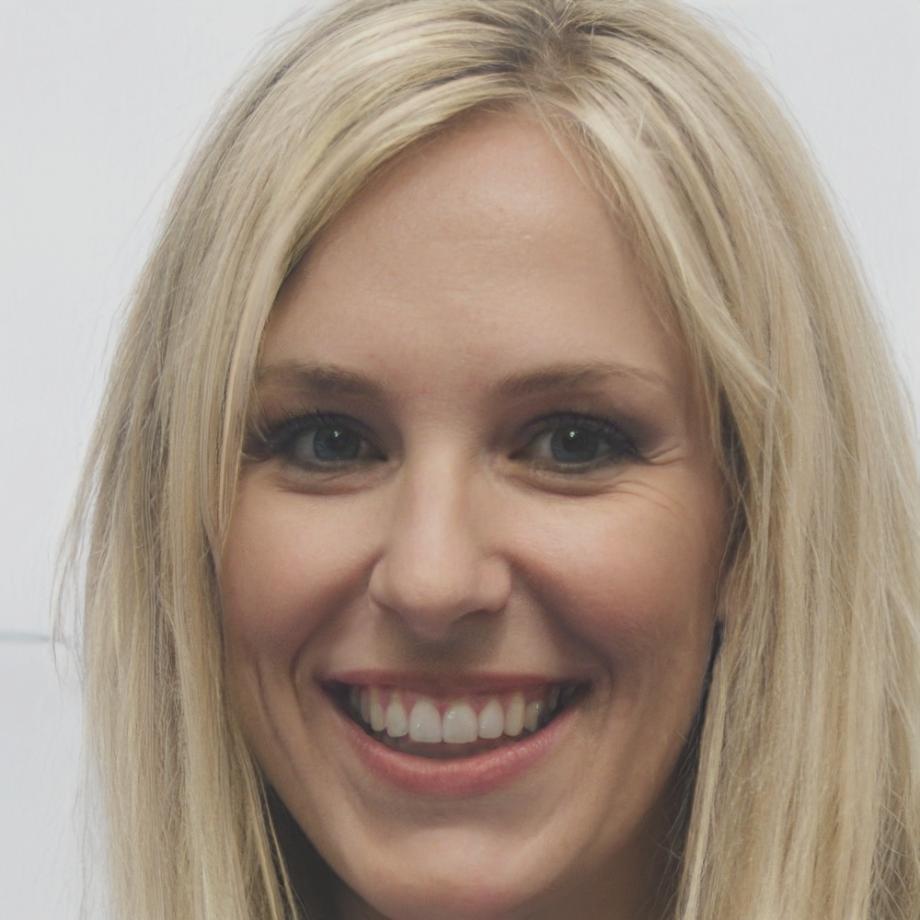What Makes Our Approach Different
Most programs teach financial modeling like it's pure mathematics. But anyone who's actually built models for business decisions knows it's more art than science.
You need to understand your audience. A model for quarterly planning looks completely different from one for investor presentations. The same data can tell different stories depending on how you structure your assumptions.
We spend significant time on model design – not just formulas, but how to organize information so it's actually useful. How to build flexibility into your scenarios. How to document your thinking so someone else can follow your logic six months later.
Our students often tell us the communication aspects were more valuable than the technical skills. Being able to walk stakeholders through your model, explain uncertainty without undermining confidence, and adapt your presentation based on your audience – these skills matter more than perfect DCF mechanics.



